With its newly conceived presentation of the collection, the Leopold Museum is creating an opulent tableau which affords uniquely rich and complex insights into the fascination of Vienna around 1900 and the atmosphere of this vibrant time.
Around the turn of the century, the Danube metropolis was the capital of both the high nobility and of liberal intellectuals, of the splendid Ringstrasse and endless slum areas, of anti-Semitism and Zionism, of a rigid conservatism and emerging Modernism. Splendor and squalor, dream and reality, dissolution of the self and new beginning characterize the esthetic pluralism and mark the Vienna of that time as a place of experimentation and a laboratory of ideas – and thus as a central motor to a turbulent movement of renewal. This heterogeneous atmosphere – Arnold Schönberg spoke of an “emancipation of dissonance” – provided the setting for the unique consolidation of cultural efforts that today makes us look upon the period of Vienna around 1900 as the source of Modernism. This departure unfolded in various disciplines, from painting and the graphic arts via literature, music, theater, dance and architecture, all the way to medicine, psychology, philosophy, jurisprudence and economics. Comprising some 1300 exhibits and spanning three floors, the exhibition presents the splendor and wealth of artistic and intellectual achievements of this era through masterpieces from the Leopold Museum as well as eminent permanent loans from Austrian and international collections.
The exhibition is created under the curatorial aegis of Hans-Peter Wipplinger and in dialogue with experts in various fields.
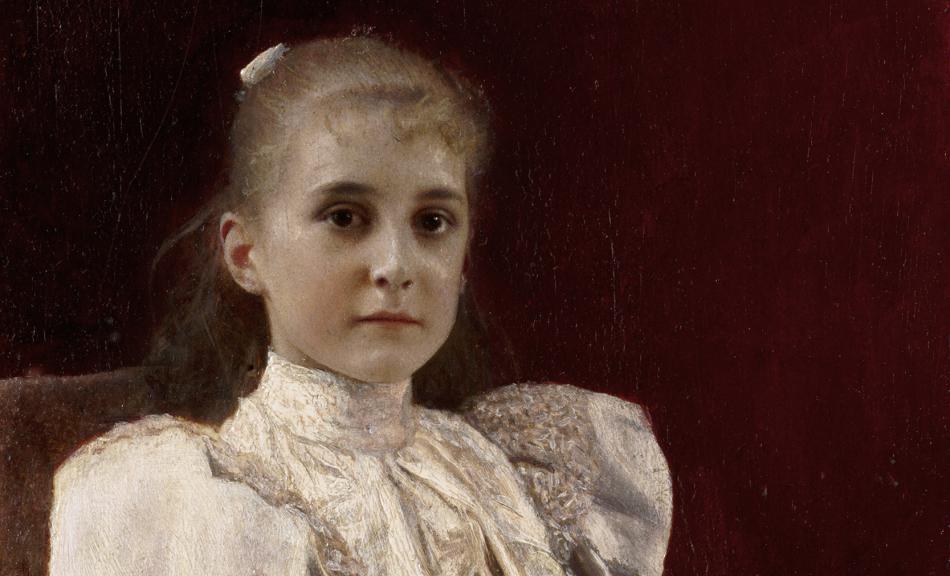
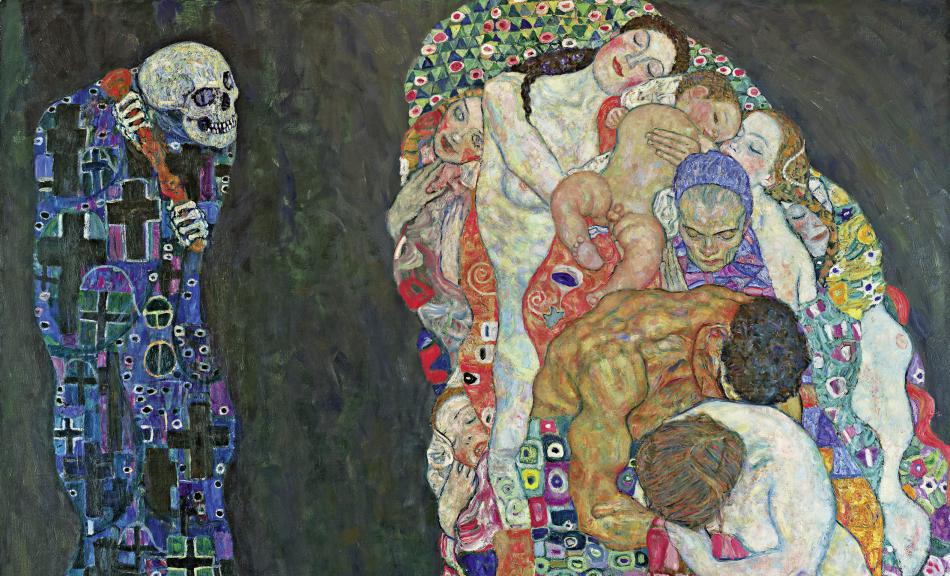
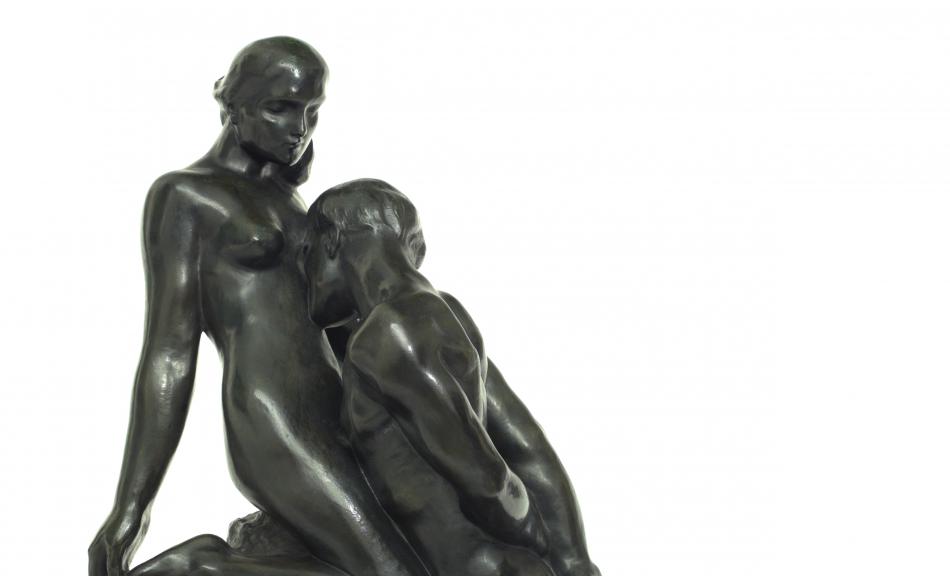
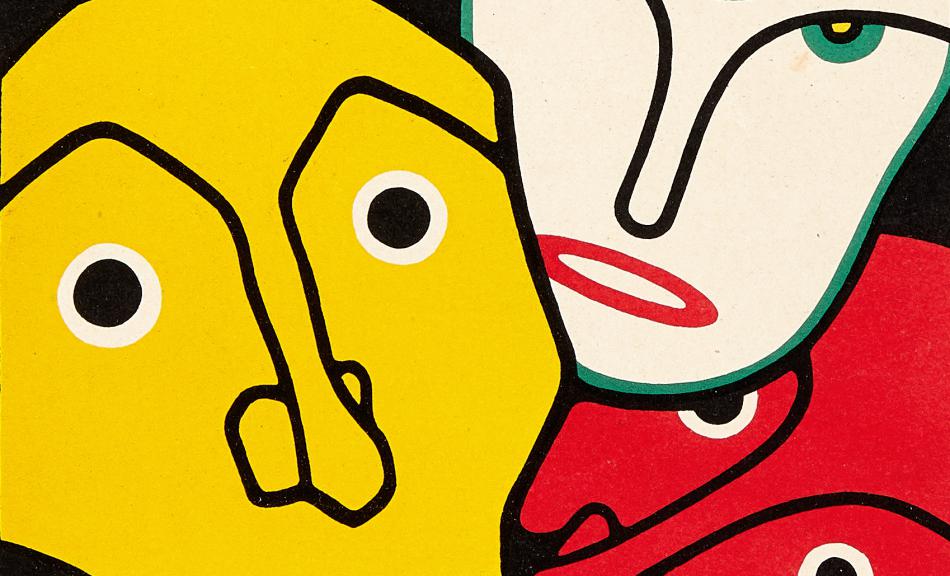


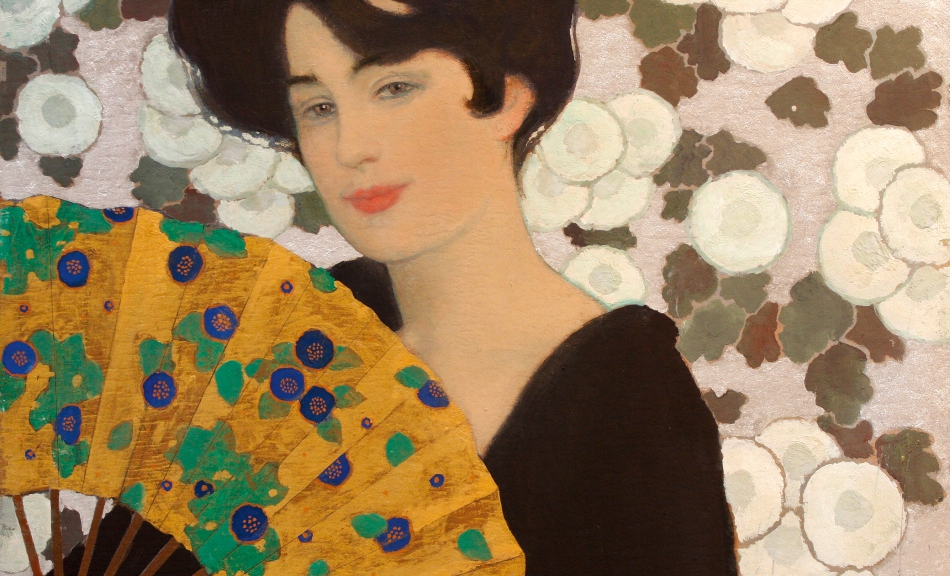
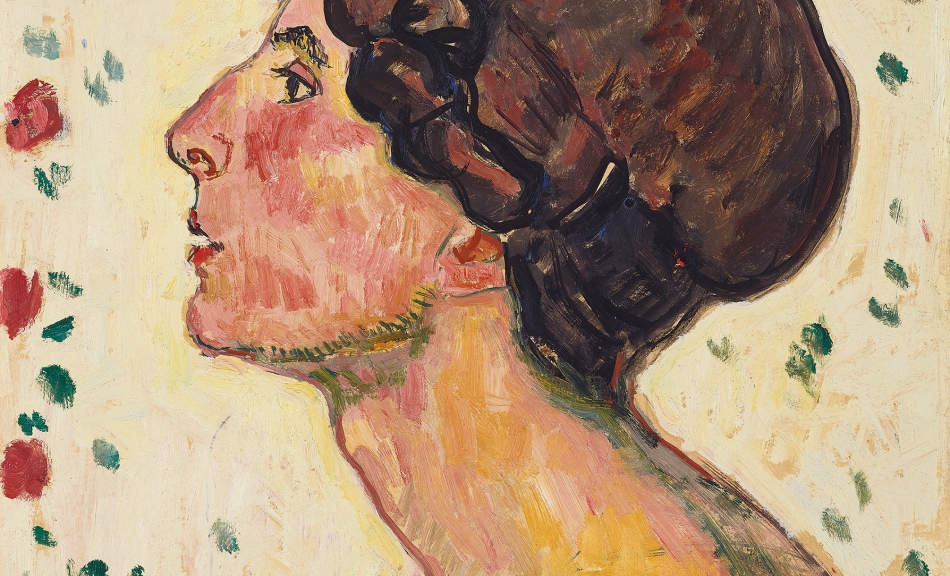
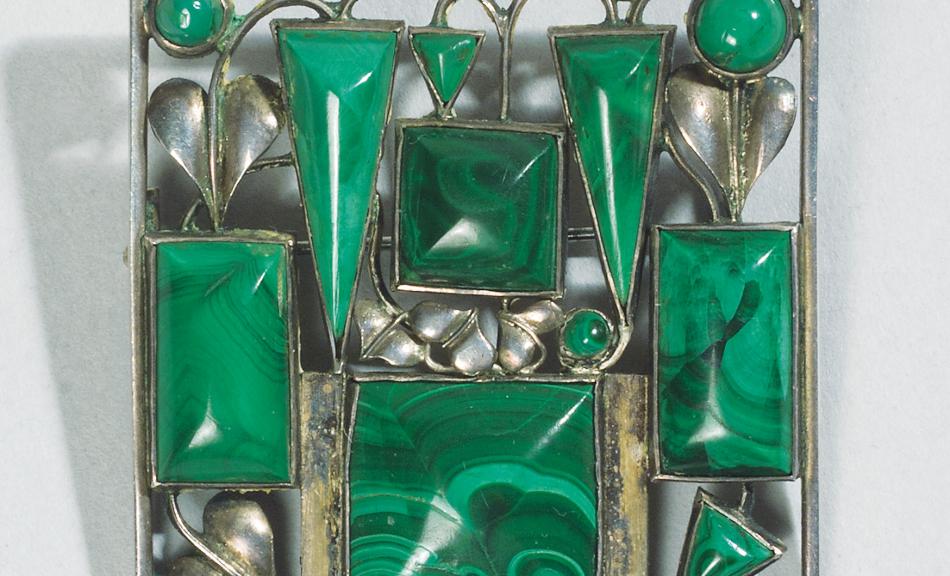
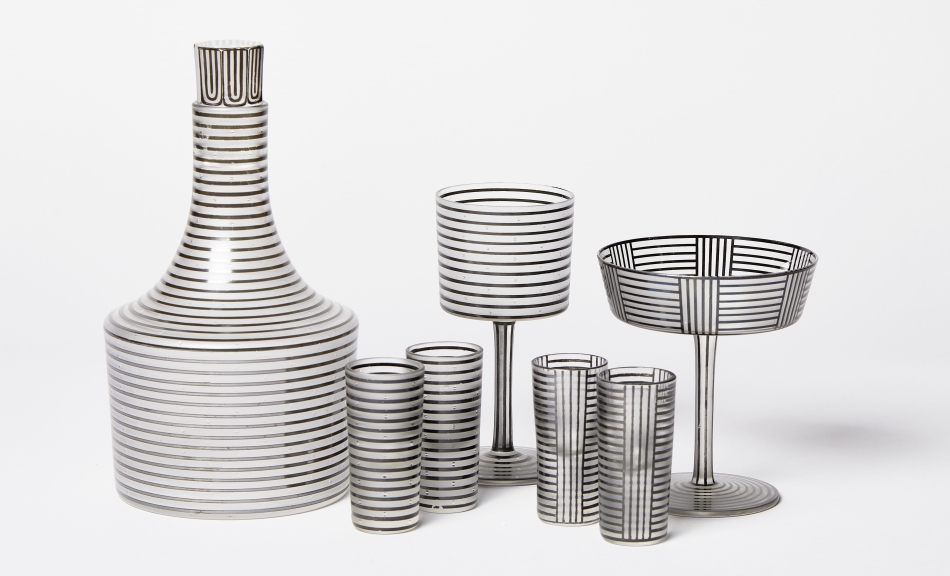
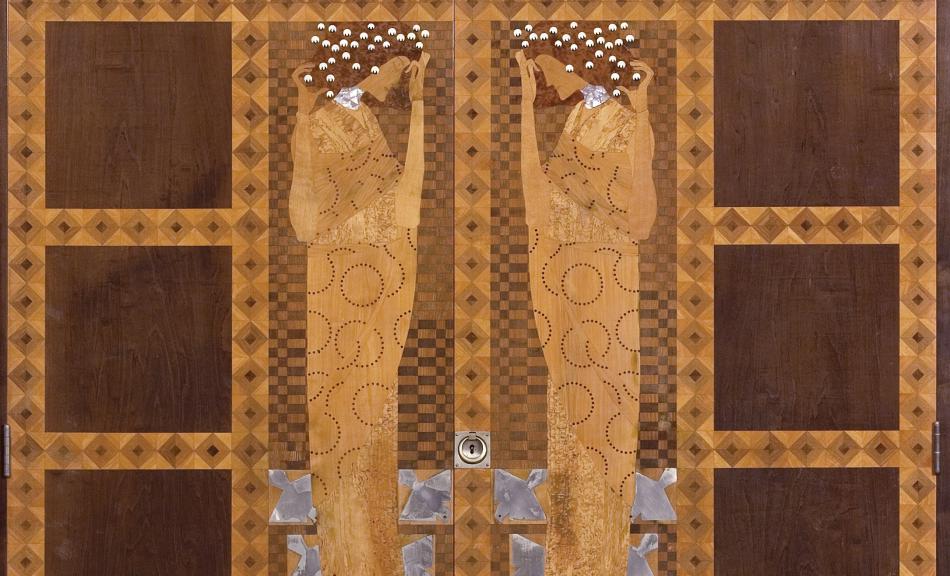
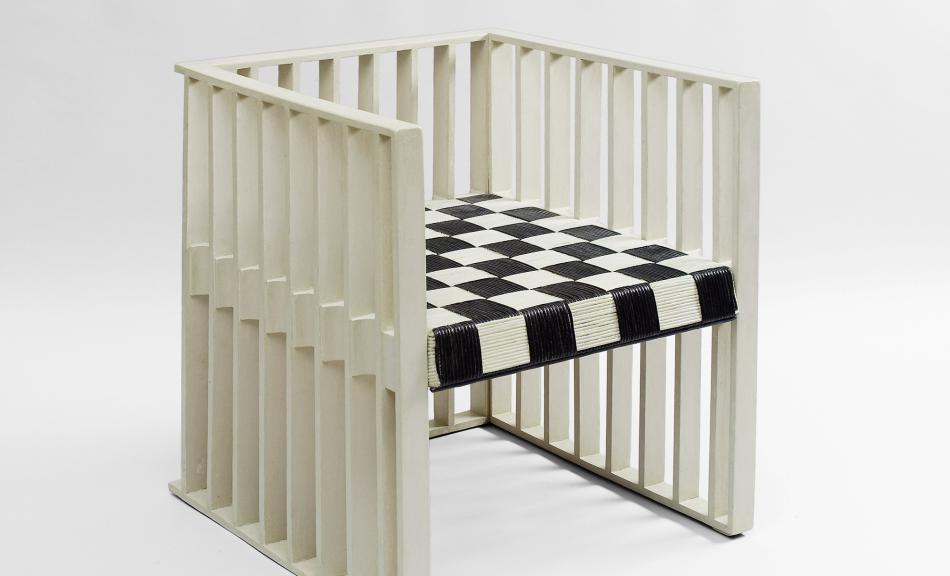
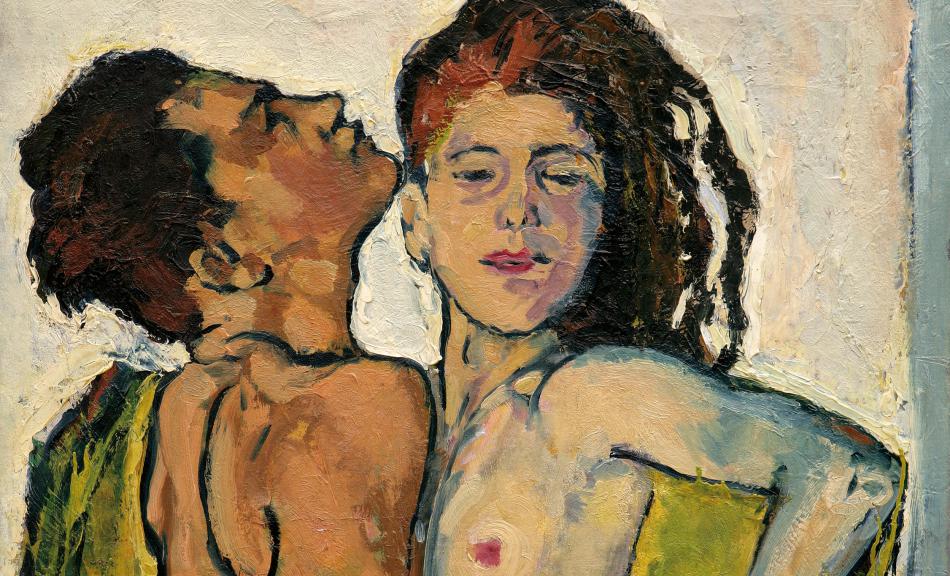
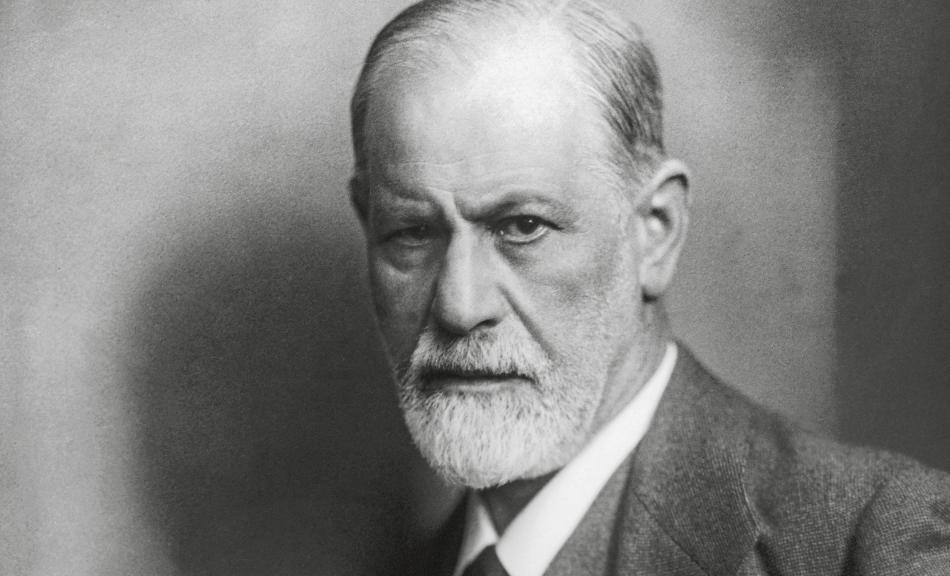
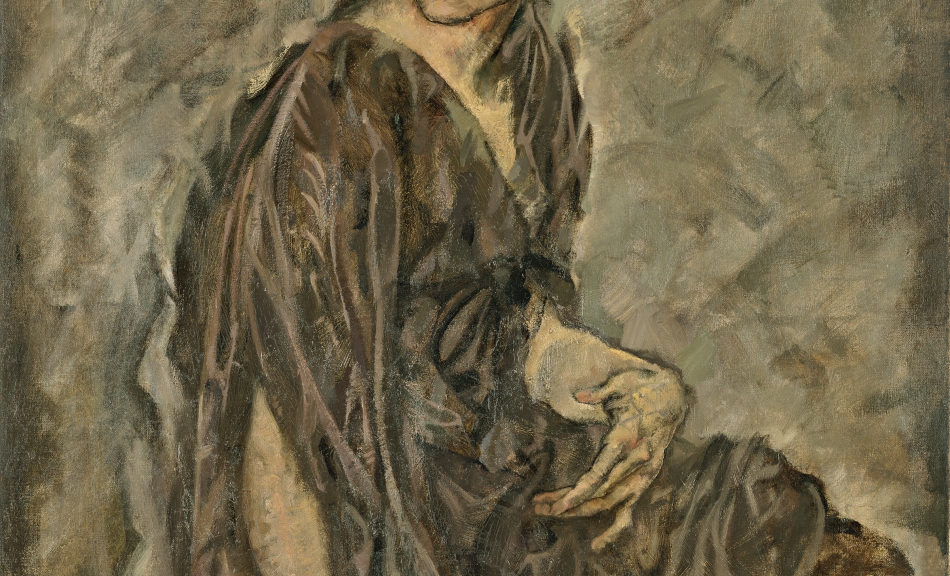
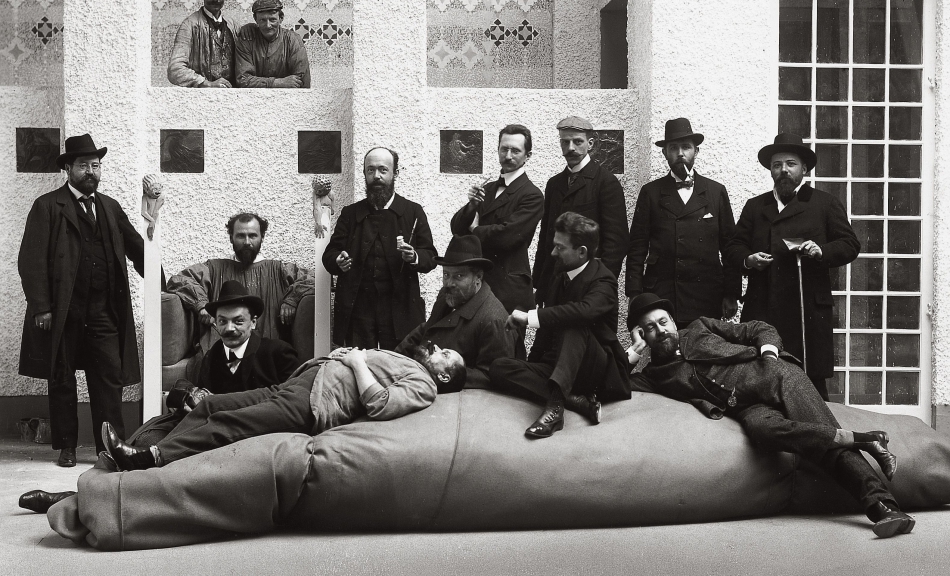
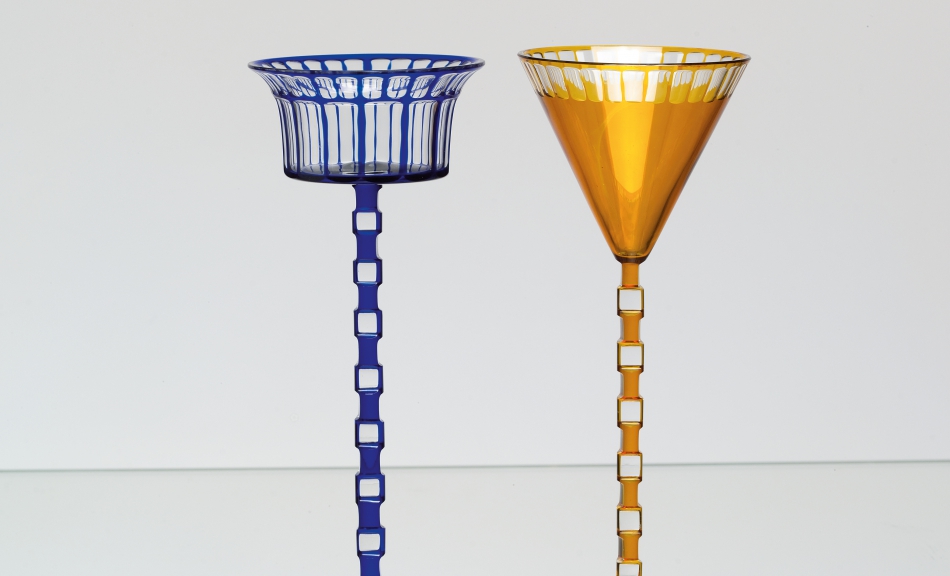
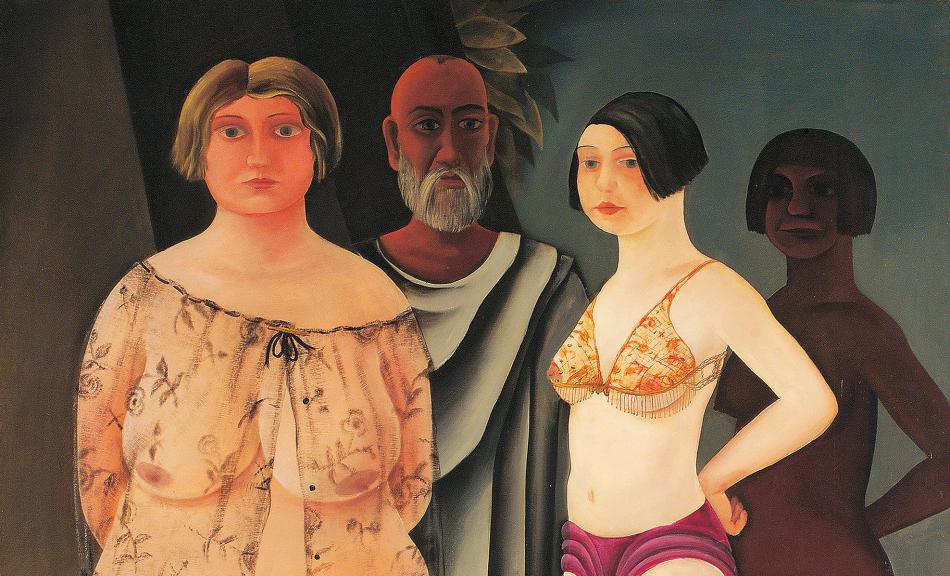
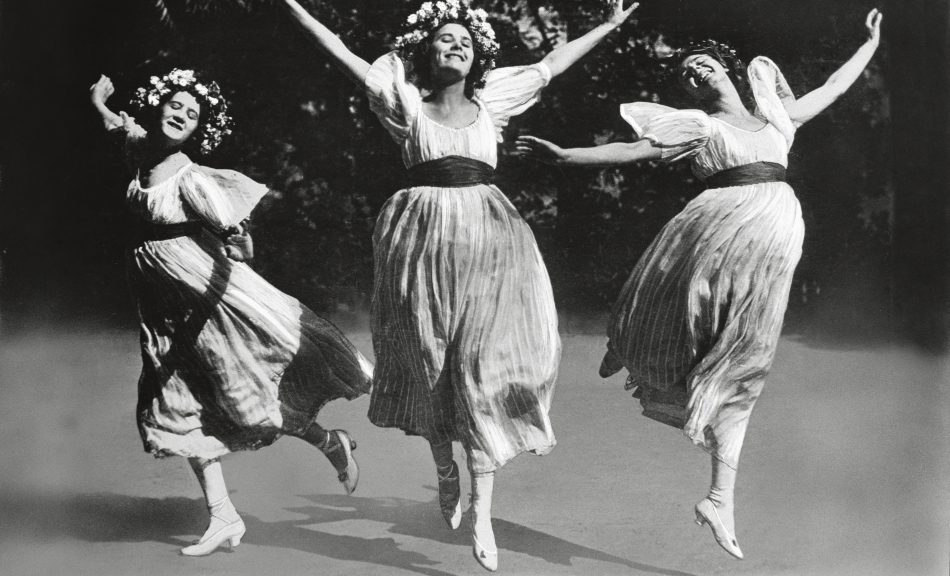
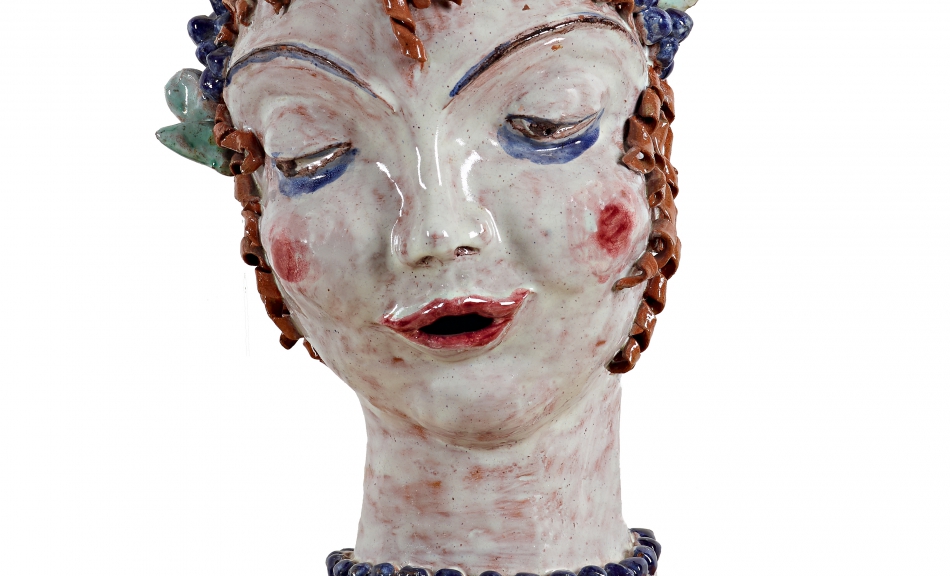

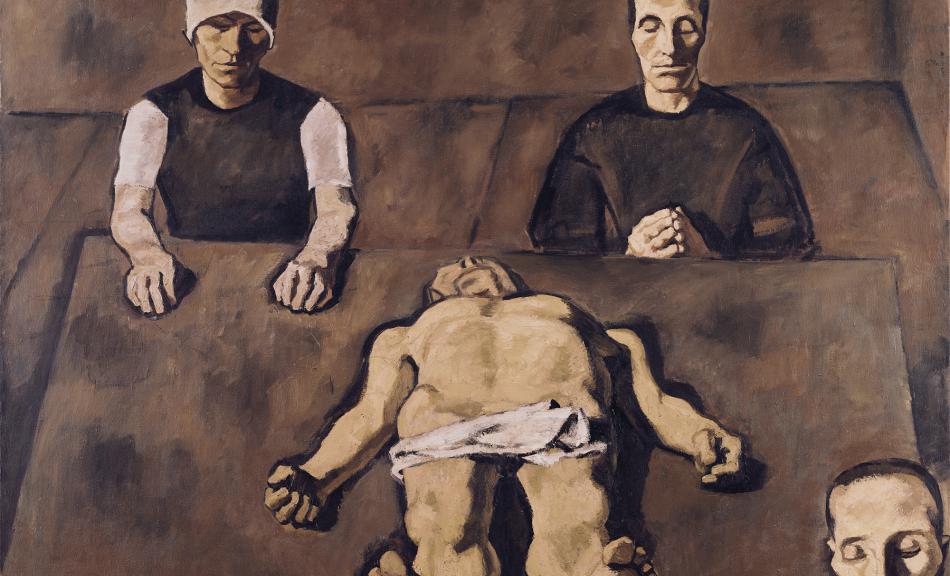




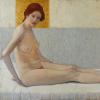

















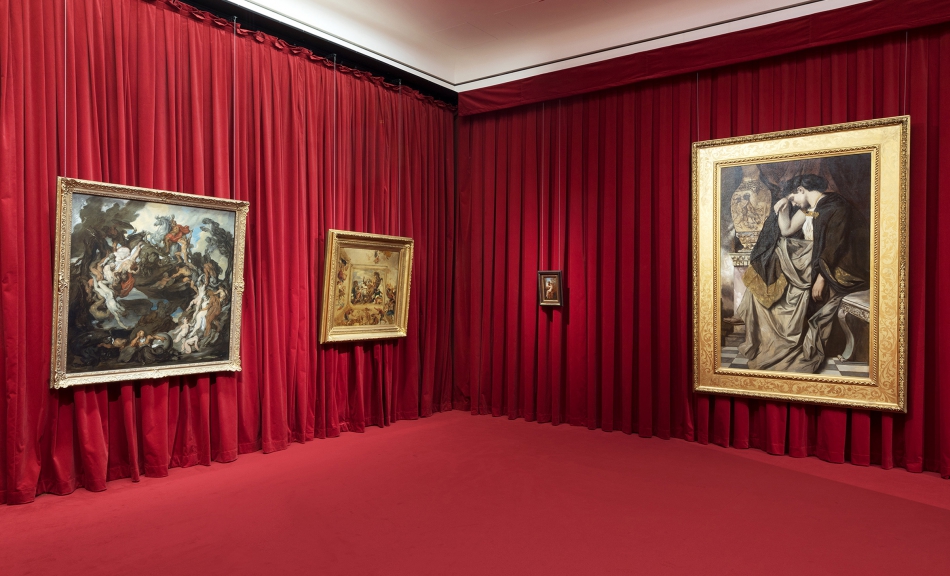
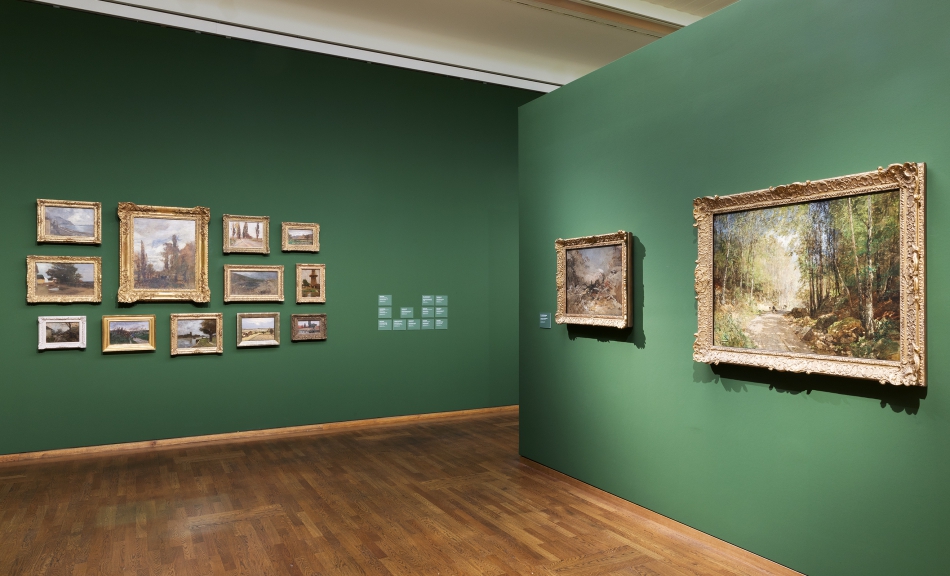
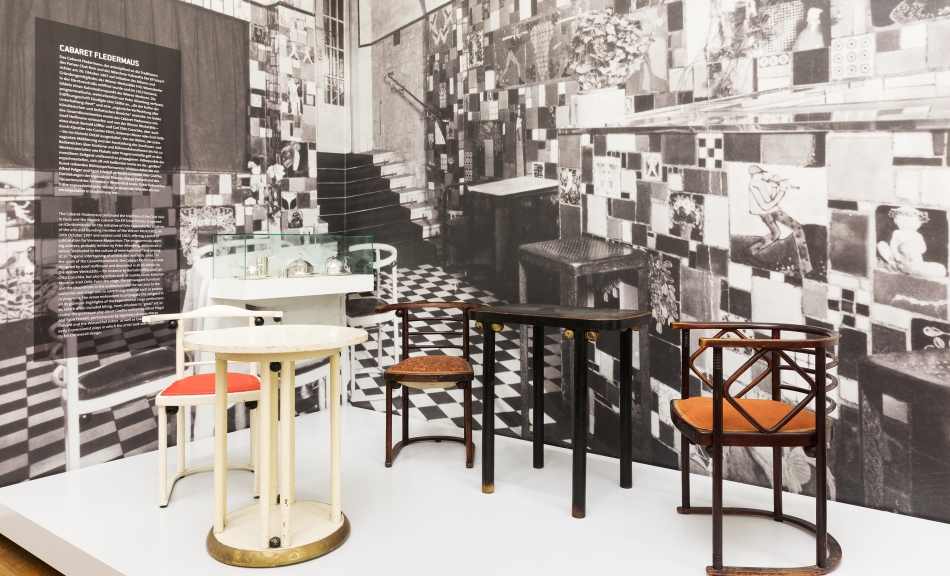
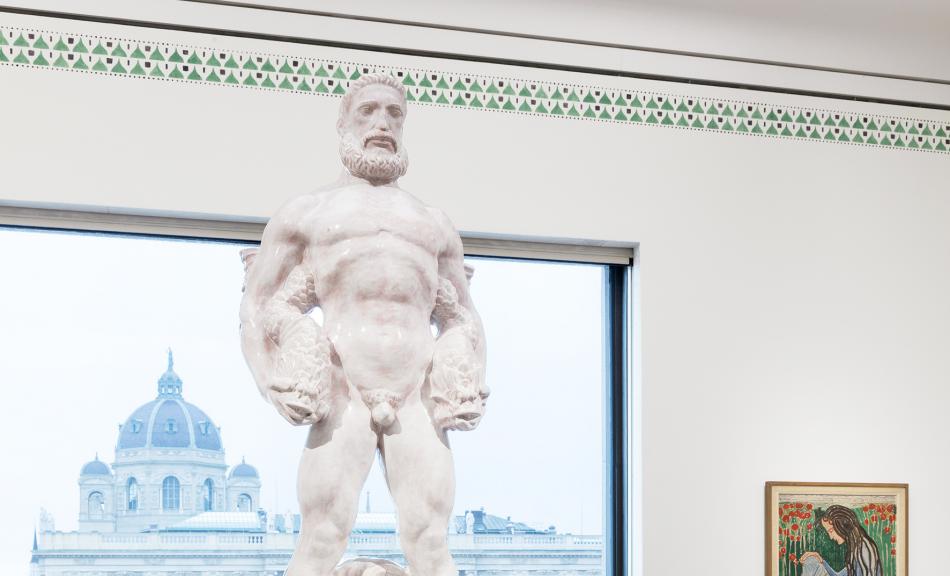
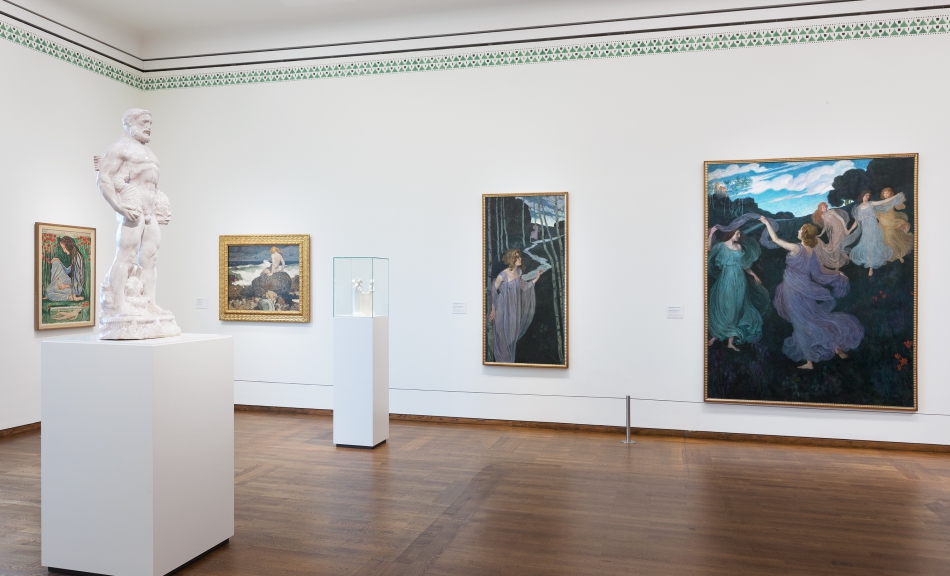
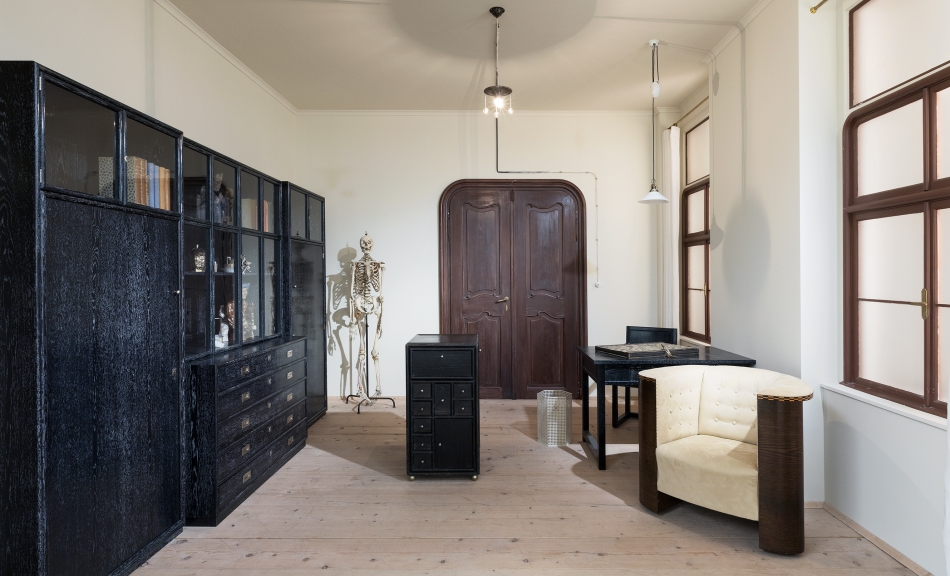
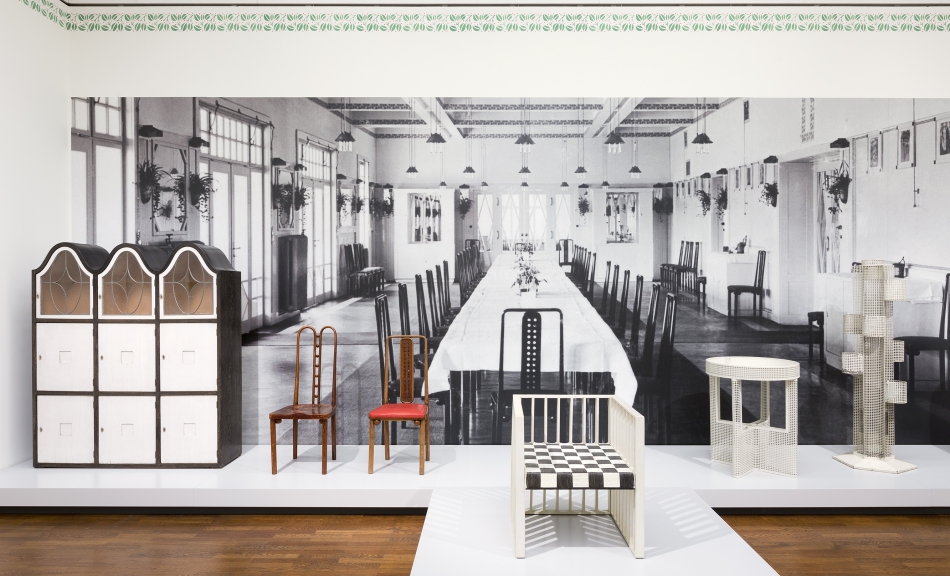
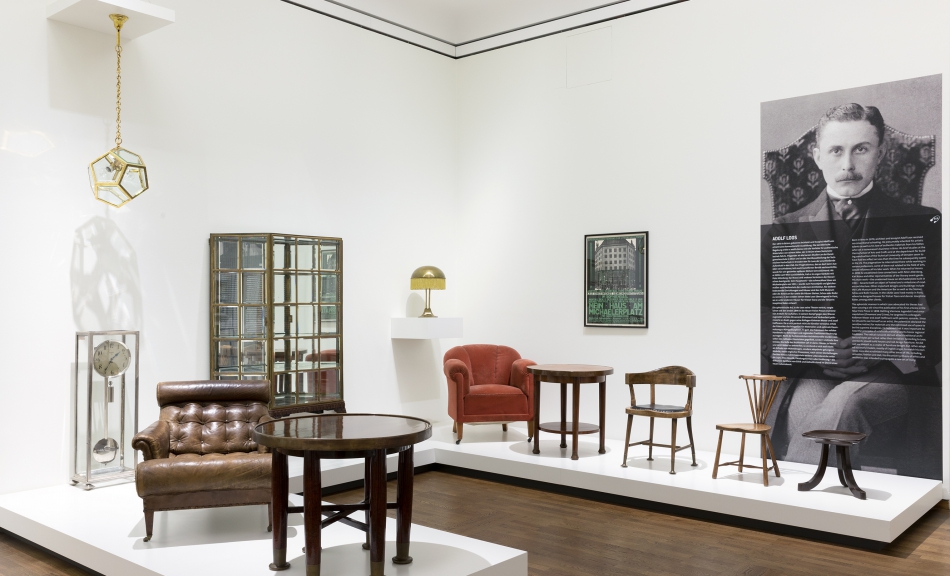
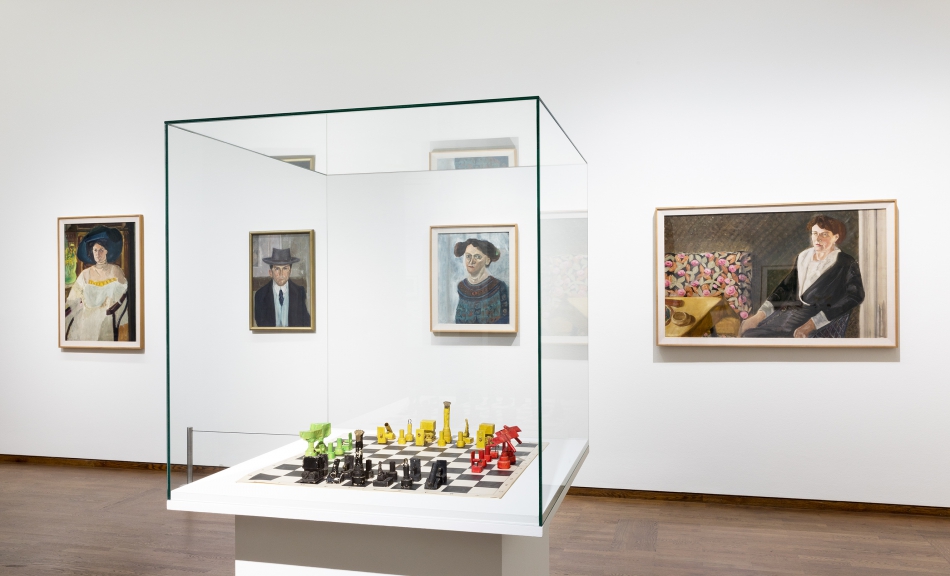
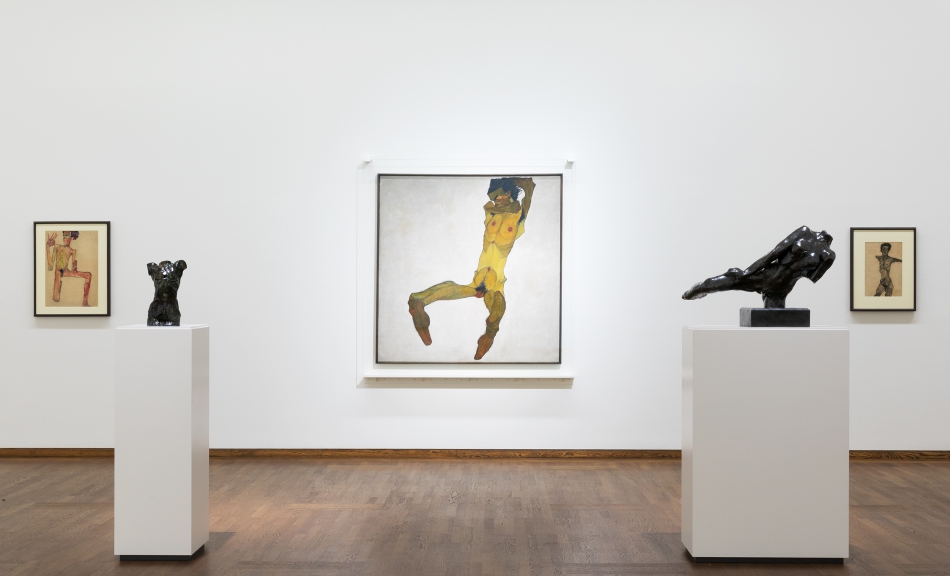
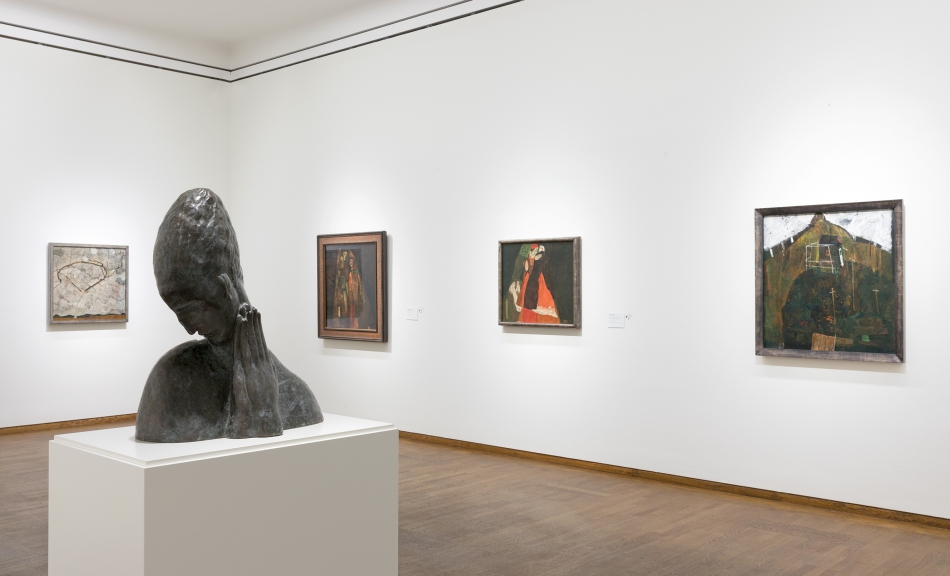
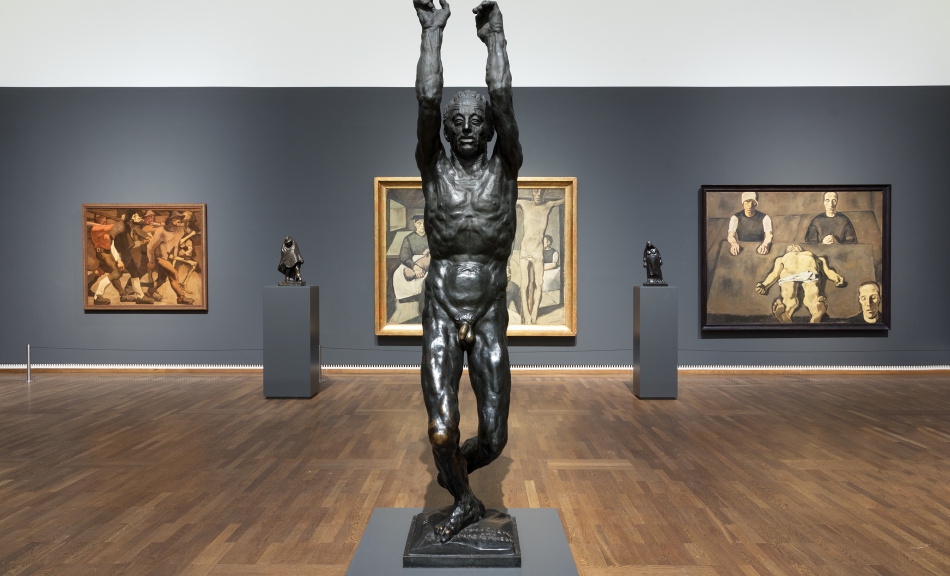
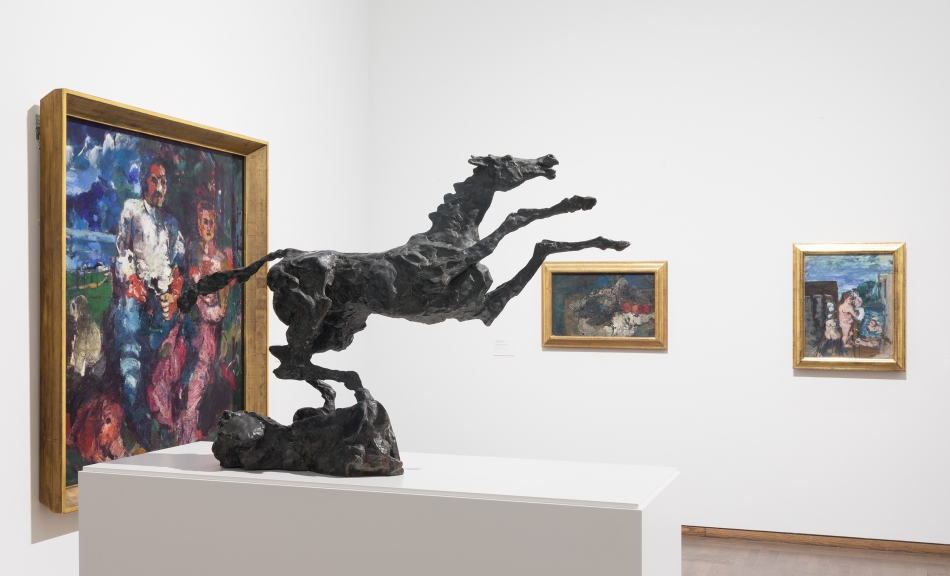
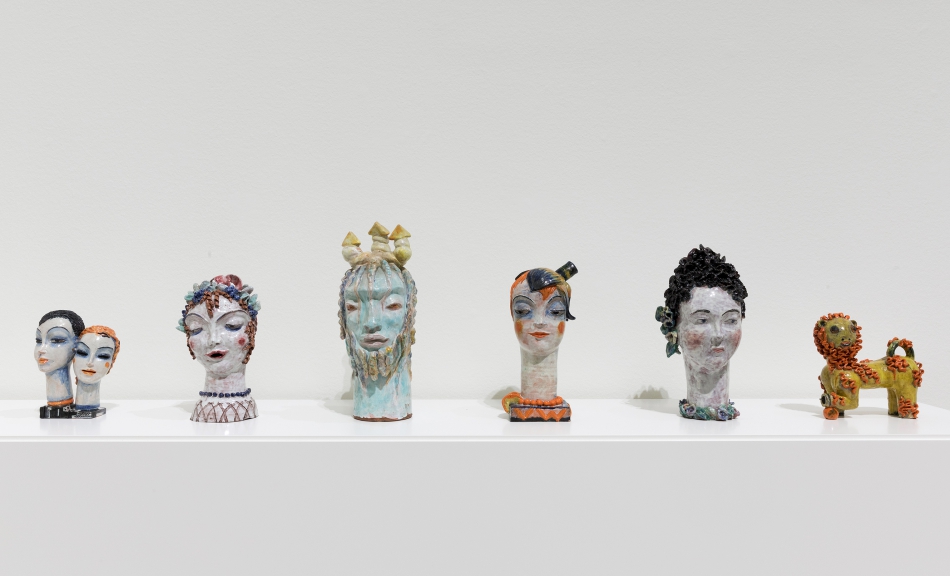
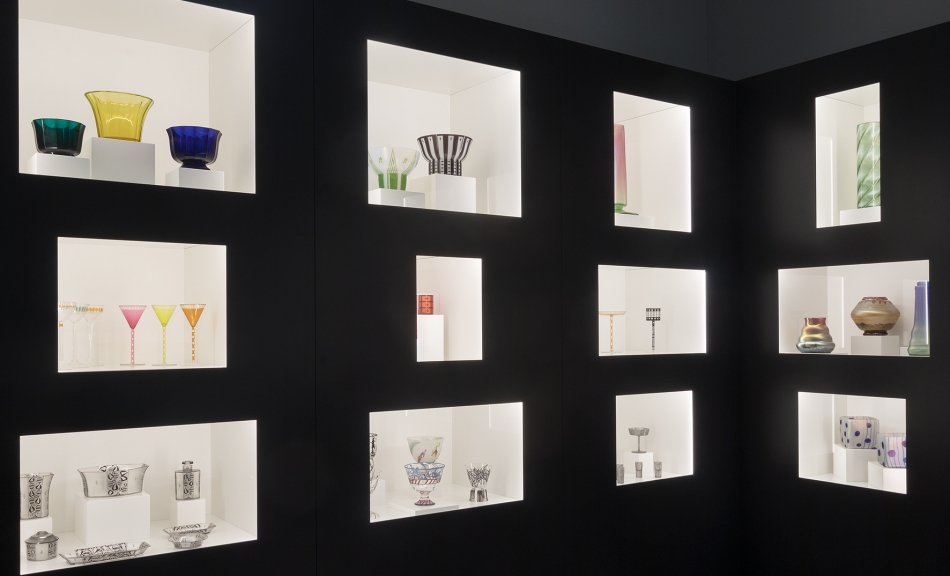
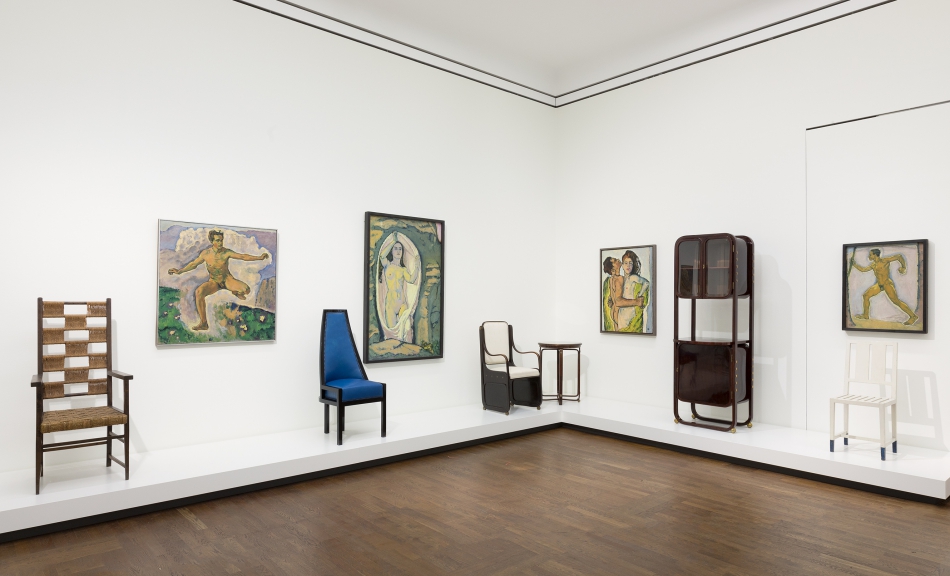
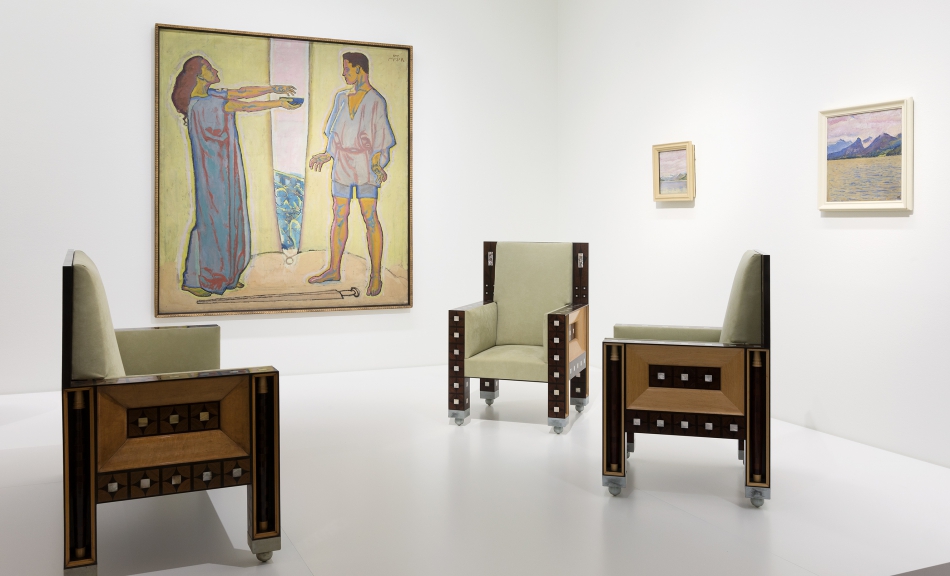
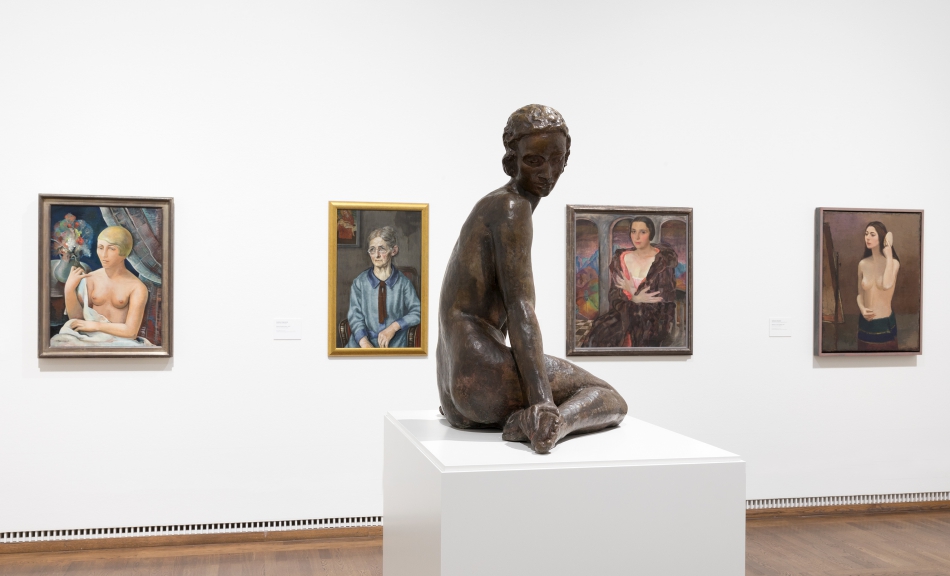























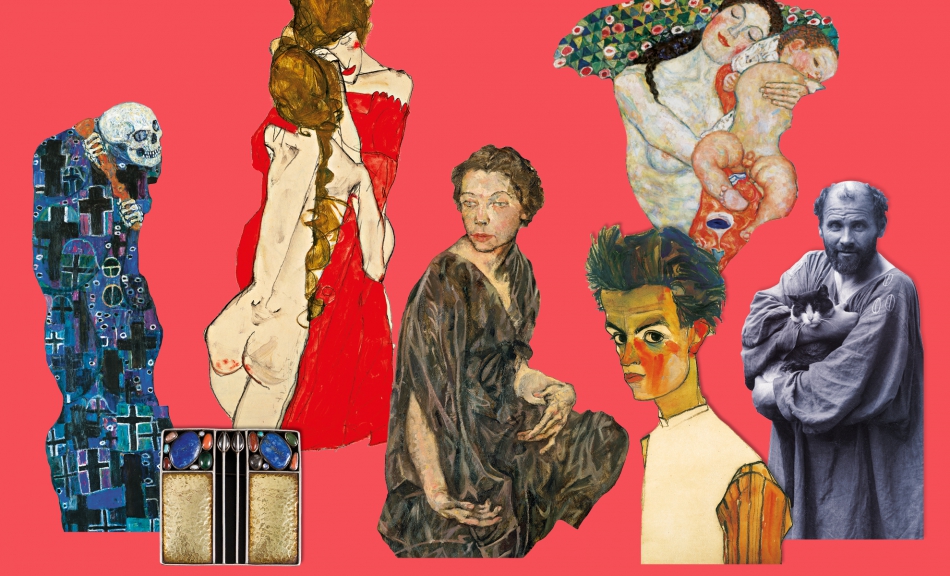
Share and follow